Hey, it's Jon here.
Have you ever looked up, saw an airplane cutting across the blue expanse, and wished you knew where it was going? Well, guess what? I put together an exciting radio project that does precisely that, and I’m thrilled to share the details with you. Introducing: tar1090, powered by my trusty RTL-SDR radio receiver and a 5.5dbi gain antenna!
What is tar1090, you ask?
Tar1090 is a mesmerizing web interface for real-time airplane tracking.
You can view the interface here: https://aircraft.kzoomakers.net/
Click on an aircraft to get a photo, tail number and all sorts of useful information about it!
How I Built It: 🛠
-
The Heart - RTL-SDR: At the center of this project is the RTL-SDR (Software-Defined Radio) dongle. It's this tiny device that transforms our server into a powerful radio scanner, able to pick up ADS-B signals. These signals are essentially broadcasts from aircraft, telling us where they are and where they're going. NOTE: You can run the SDR on a Raspberry Pi, it doesn't take an expensive or powerful computer to get started.
-
Getting the Signal - The 5.5dbi Gain Antenna: To make sure I get the clearest signals, I paired the RTL-SDR with a 5.5dbi gain antenna. It enhances the signal reception, ensuring I can track aircraft with precision.
-
Amplifying the Waves - Leveraging a 10dBm RF Pre-Amp: This tool is all about enhancing those faint signals, making it a breeze for the RTL-SDR to detect them. In fact, it's so efficient that I've incorporated a 5dBm attenuator to dial back the power to under 7dBm. This ensures I don't overload or damage the radio receiver. Plus, there's a high-pass filter set up before the RTL-SDR, specifically designed to screen out frequencies outside the 800-2000Mhz range, effectively eliminating any unwanted interference which can cause a condition known as frontend overload. Notably, ADS-B transmissions occur at 1090Mhz (predominantly used by commercial aircraft adhering to international standards) and 978MHz (a frequency favored mostly by smaller aircraft because the transmitters are cheaper).
-
The Nerve Center - Our Server Stationed in the Meeting Area's Rack: The server processes raw RF signals fetched from the RTL-SDR radio via USB. It deciphers ADS-B packets sent from airplane transponders, stores this information in a JSON format, and our website then interprets this JSON data to display flight details on OpenStreetMap, complete with metadata about each journey.
The Sky is Not the Limit:
I’ve got upgrade plans for this project. Soon, I aim to mount the antenna on the roof. Why? This would exponentially increase the reception range, possibly up to an astounding 150 miles! Imagine capturing the aerial ballet of aircraft from cities miles away. I'm also going to be adding a 10dBm RF pre-amp to amplify the weak signals and some attenuators to bring it down to 5dBm so I don't blow up the radio frontend on the RTL-SDR. (The RTL-SDR accepts a maximum of 7dBm of power and the amplifier is a bit too powerful for it.) More pictures and info coming about this later. I'll also be building a 978MHz antenna system which will track smaller aircraft and helicopters.
Tracking aircraft across the world
This system uploads the flight telemetry to a few public trackers which aggregates data from stations like ours globally. Tthey're all independently operated with contributions from a network of hunreds of homemade receivers.
Here's a few of those public flight trackers:
Sreenshots
(Above: Photo of main map)
Hardware:
The RTL-SDR (Software Defined Radio)
The RTL2832U chip, originally designed for DVB-T (Digital Video Broadcasting — Terrestrial) TV reception, was discovered to have a mode that outputs raw I/Q data, which can be used as a wide-band SDR receiver when paired with certain tuners like the R820T. In 2012 the discovery was made public by a Finnish researcher named Antti Palosaari. He realized that the raw output mode of these inexpensive DVB-T USB dongles could be exploited to turn them into general-purpose SDRs.
-
Antenna Connector: On one end, there's an antenna connector, usually of the SMA or MCX type. This is where you connect the antenna to receive radio frequencies.
-
USB Interface: On the opposite end, there's a USB interface which you plug into a computer, or in this case the webserver you're reading this from. This allows the RTL-SDR to interface with software and begin magic of translating radio frequencies into understandable data.
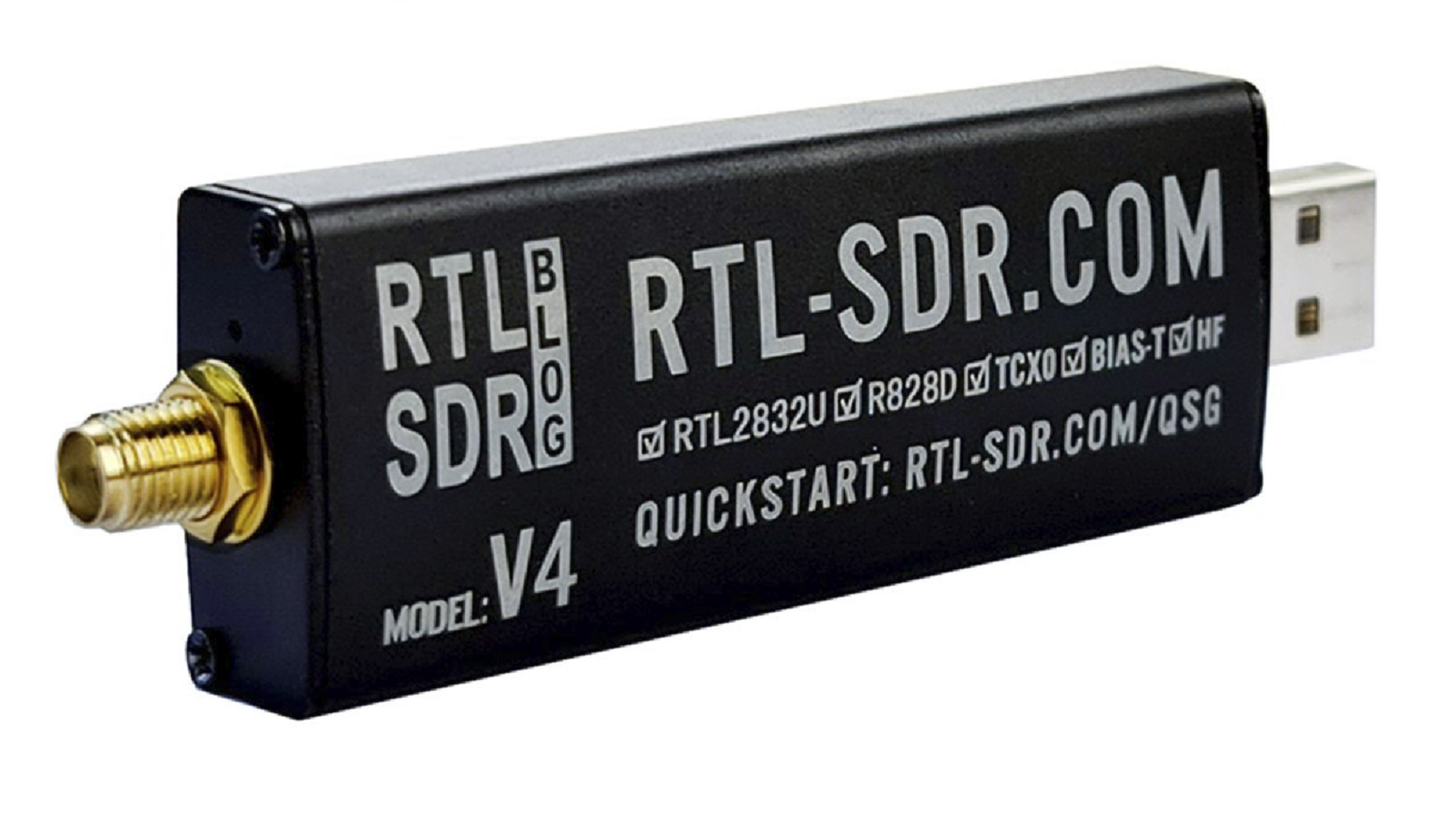

The Pre-amp
-
DCIN Power Input Connector: There’s a dedicated connector, usually a barrel or pin-type, to which a 12VDC power source is attached. This powers the amplifier components.
-
SMA Input Connector: The input side of the preamp comes with an SMA connector. This is where the weak signal enters the preamp for amplification.
-
SMA Output Connector: After the signal is amplified within the preamp, it exits through this connector to be further processed or received by other equipment.
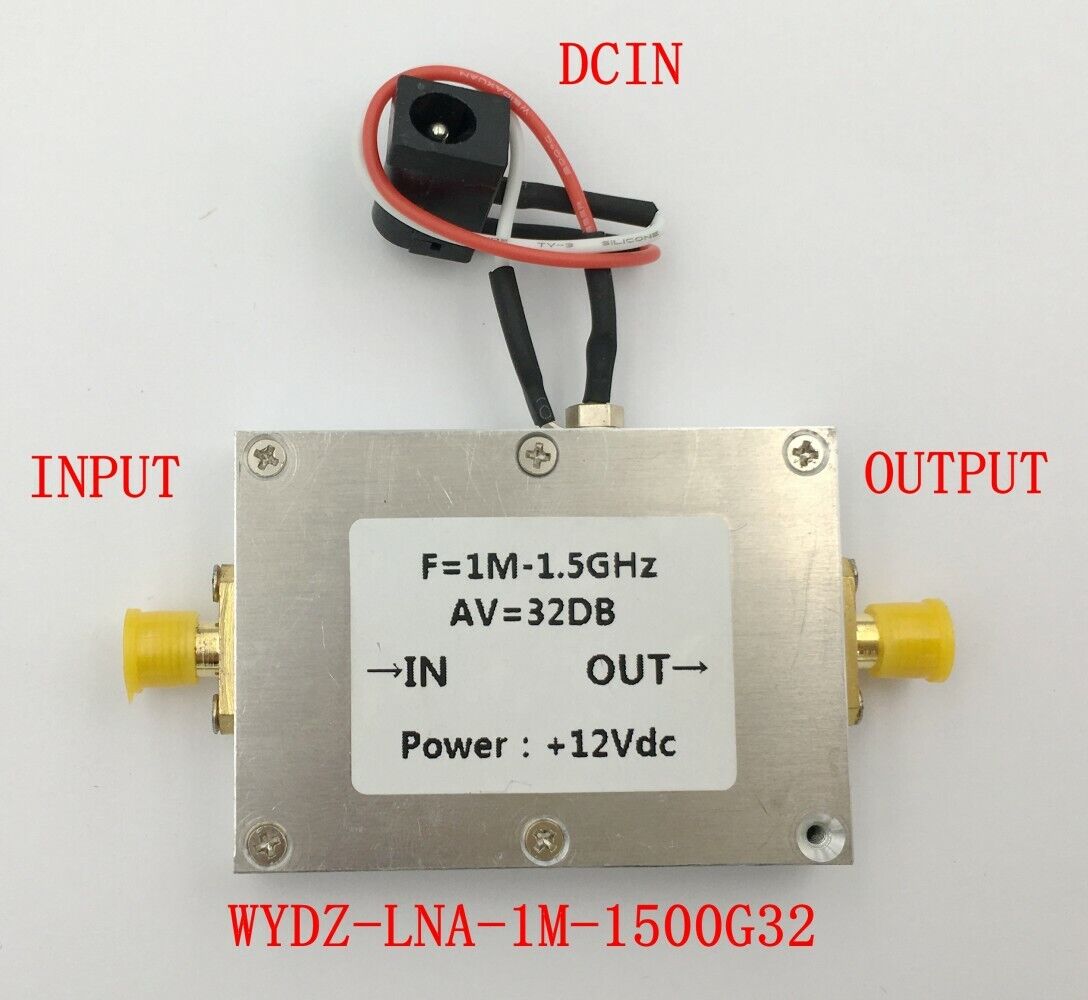
The HPF (filter):
A high pass filter (HPF) is a vital component in many electronic systems, designed to allow signals with a frequency higher than a specific threshold (or cutoff frequency) to pass through while attenuating or blocking signals with frequencies lower than this threshold. Here's an exploration of its physical attributes:
-
Connectors: On either end of the high pass filter, you'll find connectors of SMA type. One side serves as the input (where the signal enters), and the opposite side is the output (where the filtered signal exits).
-
Internal Components: While these are not visible without opening the filter (and it's generally not advisable to do so), inside, you'd find a combination of capacitors, inductors, and sometimes resistors. These components, in their specific arrangement, give the filter its characteristic filtering properties.
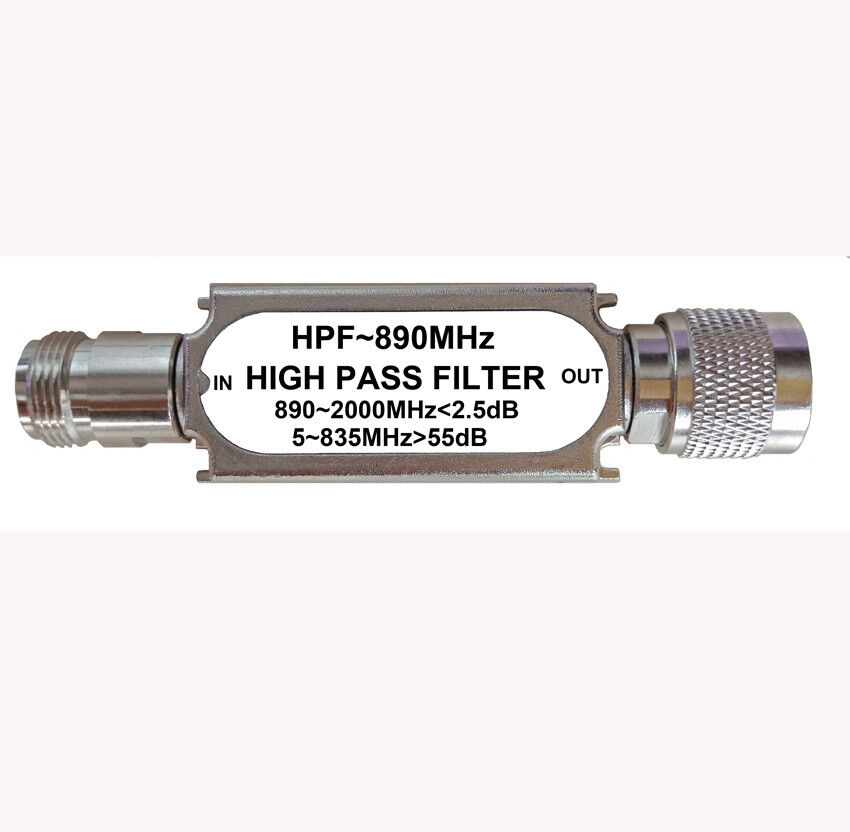
The attenuator:
An attenuator is an essential electronic device that reduces the power level of a signal without considerably altering its waveform. We use it to prevent signal overload and potentially damaging the RTL-SDR radio frontend.
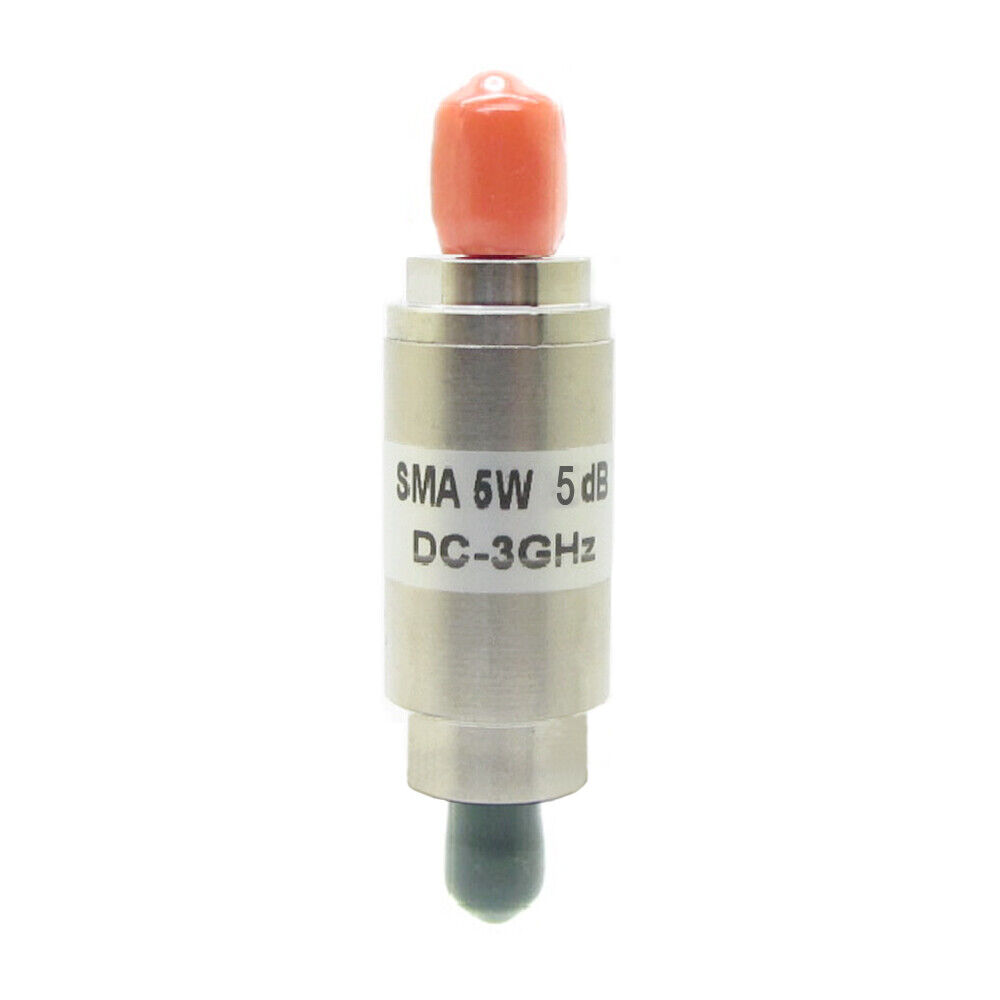
The Antenna(s)
1090MHz
- High Gain :5.5dbi
- Length :60cm
- Antenna Connector :N female
- 16.5ft SMA male RG58 Cable.
- Material :(antirust) the antenna is made of fiberglass. The antenna structure inside is made of copper.
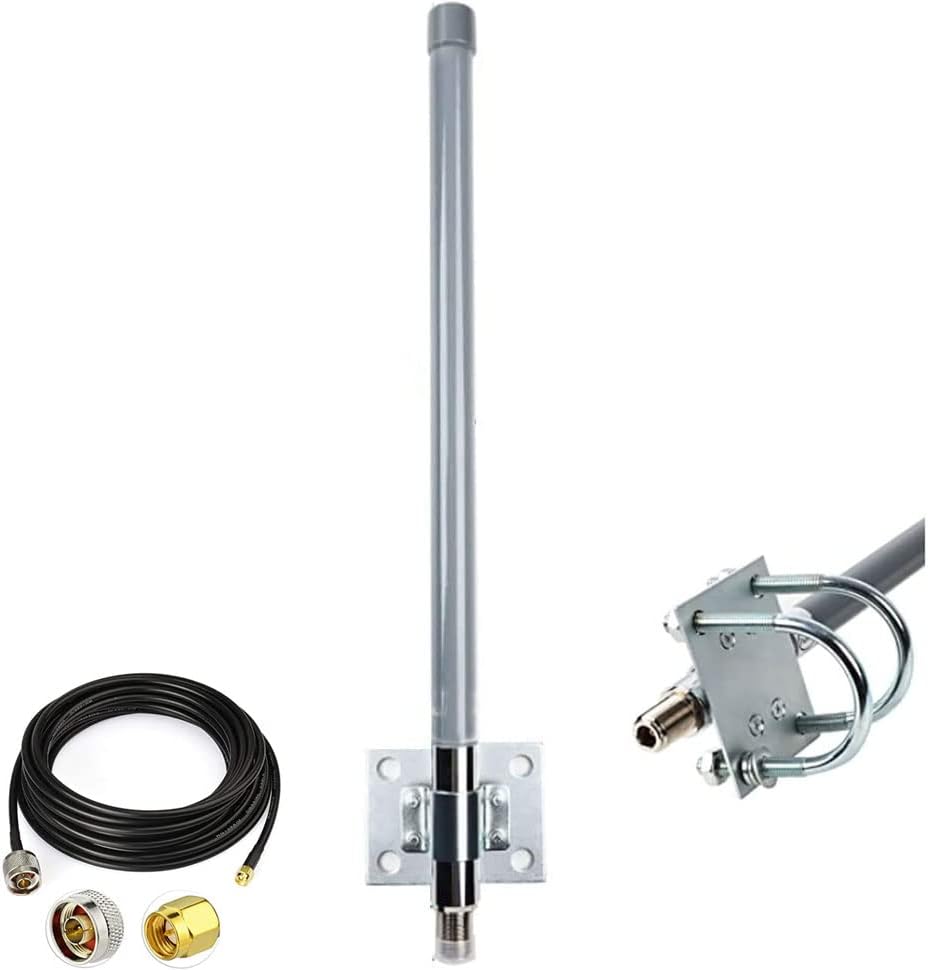
978MHz
- High performance UAT 978 MHz Antenna with SMA connector.
- Gain 7dBi, Impedance 50Ω, Vertical Polarization.
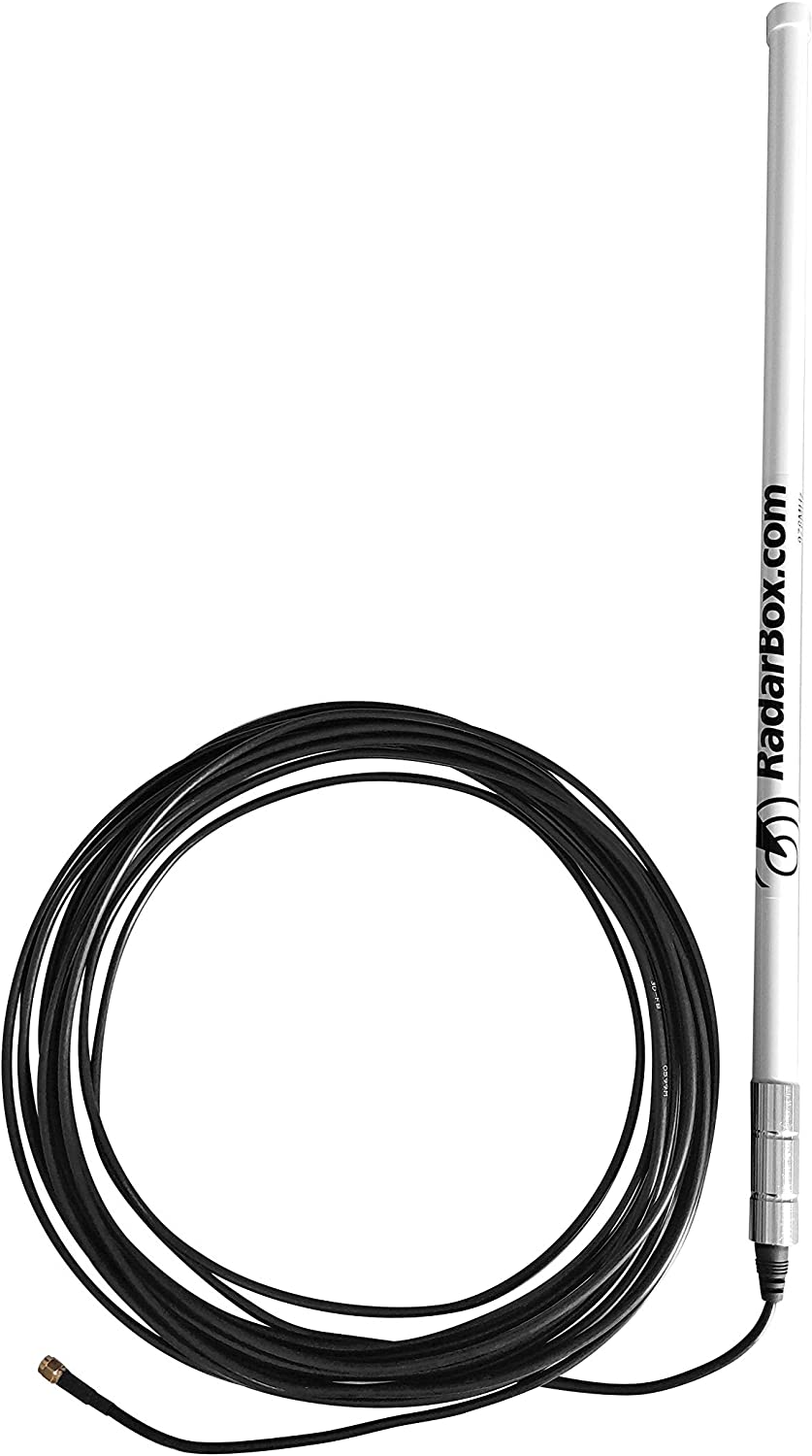
So that's it!
Utilizing easily accessible and affordable components, any makerspace can set up its own aircraft tracking system fairly cheaply, offering its members a unique and educational experience on how radio systems work. Incorporating such a system into a makerspace not only demystifies the skies above but also fosters a spirit of exploration and innovation.
Benefits to the Makerspace:
-
Educational Value: Setting up an aircraft tracking system offers hands-on learning for members, diving into radio frequencies, digital signal processing, and real-time data visualization.
-
Community Engagement: It can serve as an excellent project to engage members and attract new ones, offering workshops or demonstrations on how the system works.
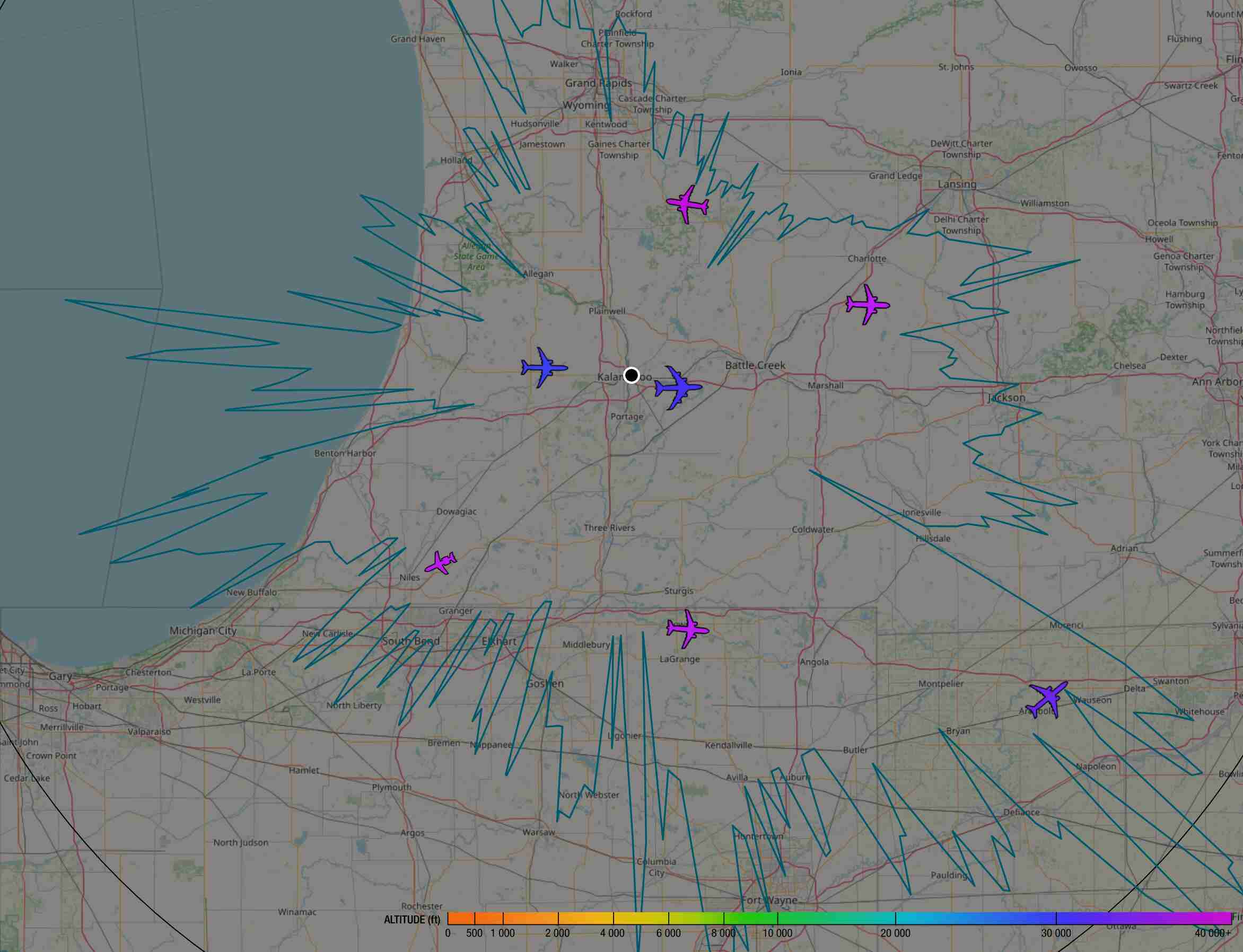
0 Comments latest
No comments.